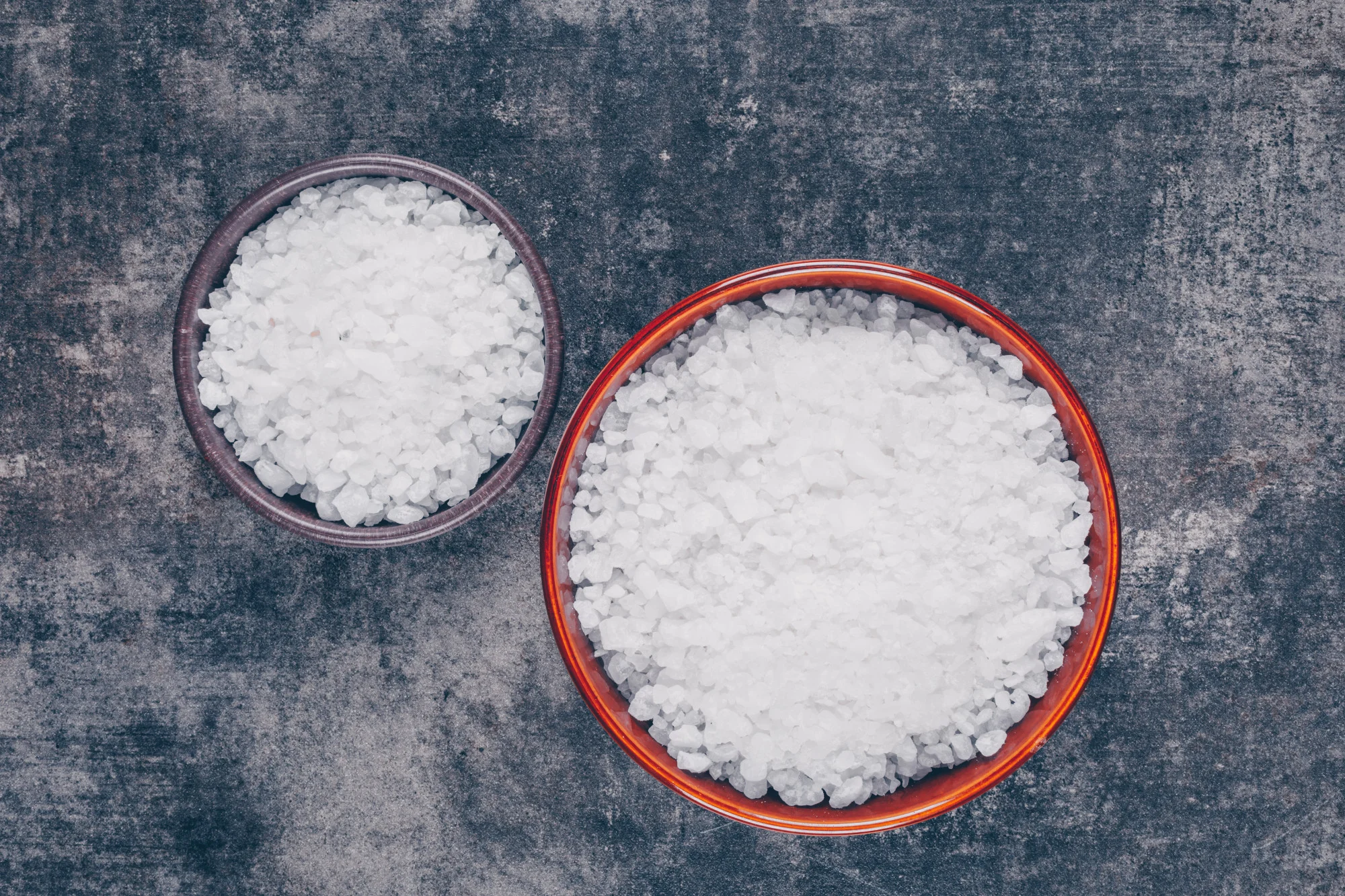In a groundbreaking study recently published in the journal Biochimica et Biophysica Acta. General Subjects, researchers from the Arbuzov Institute of Organic and Physical Chemistry have unveiled a new class of piperidinium surfactants functionalized with carbamate fragments, offering promise for medical applications due to their formidable antimicrobial properties and reduced cytotoxic effects. The study’s findings could pave the way for more effective antimicrobial agents and gene nanocarriers with minimal side effects.
DOI: 10.1016/j.bbagen.2024.130562
Surfactants play a crucial role in various industrial and biomedical applications, primarily due to their ability to interact with biological membranes. Cationic surfactants, in particular, grab the spotlight for their potential as antimicrobial agents. However, the high toxicity associated with these compounds often hampers their practical applications. To overcome this obstacle, the research team, including Rushana A. Kushnazarova and Alla B. Mirgorodskaya, embarked on a mission to synthesize cationic surfactants with a reduced potential for causing harm.
The research detailed in the article, “Piperidinium surfactants functionalized with carbamate fragment: Aggregation, antimicrobial activity and cytotoxicity,” delves into the synthesis and analysis of novel piperidinium cationic surfactants that incorporate carbamate groups. These surfactants are strikingly similar to biomolecules such as lipids and proteins, bestowing them with a high affinity towards biosubstances and the ability to cross biological barriers effectively.
The conducted inclusion of the carbamate moiety showed a remarkable improvement in the physiochemical properties of the surfactants. Notably, the critical micelle concentration (CMC) of these surfactants decreased by 2-3 folds, indicating that lower amounts of the compound are needed to form micelles. This property is beneficial for reducing the dosage required for antimicrobial effect, potentially reducing the risks of toxicity.
The study employed various analytical methods such as tensiometry, spectrophotometry, and fluorimetry to unravel the aggregation behavior of these innovative surfactants. Furthermore, the antimicrobial activity was evaluated using a range of pathogenic microorganisms, including drug-resistant strains. The results were compelling – all newly synthesized compounds exhibited high bactericidal and fungicidal activities.
A striking outcome from the study is the reduced hemolytic activity caused by these carbamate-functionalized surfactants compared to their unsubstituted analogs. Hemolysis, the rupture of red blood cells, is a significant concern associated with the use of cationic surfactants. The modified compounds showcase the potential to decrease these adverse effects while maintaining their antimicrobial efficiency.
The research suggests that these piperidinium surfactants with carbamate fragments might serve as biocompatible and biodegradable nanocontainers for hydrophobic probes, offering a promising approach for delivering antimicrobial agents. This attribute could revolutionize the approach in treating infections, especially in an era plagued by the rise of antimicrobial resistance.
Moreover, the study discusses the potential of these modified surfactants as mitochondria-targeted ligands, opening avenues in the field of targeted cancer therapies. Given mitochondria’s role in cellular metabolism and apoptosis, these compounds could serve as vehicles to transport drugs directly to the mitochondria of cancer cells, thereby maximizing treatment efficiency.
The publication posits that the modified surfactants, thanks to their reduced cytotoxicity, could also be harnessed as gene nanocarriers. They could effectively deliver genetic material into cells without the significant side effects associated with current cationic surfactants.
This contribution to the field of biochemistry and pharmaceuticals is not only a testament to the team’s innovative spirit but also to their commitment to developing solutions that address both efficacy and safety concerns.
The authors declare no competing financial interests or personal relationships that could influence the reported work.
References
1. Kushnazarova, R.A., Mirgorodskaya, A.B., Kuznetsov, D.M., Vasilieva, E.A., Amerhanova, S.K., Voloshina, A.D., & Zakharova, L.Y. (2024). Piperidinium surfactants functionalized with carbamate fragment: Aggregation, antimicrobial activity and cytotoxicity. Biochimica et Biophysica Acta. General Subjects, 130562. doi:10.1016/j.bbagen.2024.130562
2. Biochimica et Biophysica Acta. General Subjects. (2024). [Journal information]. Retrieved from https://www.journals.elsevier.com/biochimica-et-biophysica-acta-general-subjects
3. Surfactant systems in biomedical applications: Current role and future prospects. (2019). Advanced Drug Delivery Reviews, 141, 14–35. doi:10.1016/j.addr.2019.01.003
4. Cationic amphiphiles: Promising carriers of genetic materials in gene therapy. (2022). Journal of Controlled Release, 330, 104–119. doi:10.1016/j.jconrel.2021.01.035
5. The challenge of antimicrobial resistance: what economics can contribute. (2019). Science, 364(6435). doi:10.1126/science.aau4679
Keywords
1. Piperidinium surfactants
2. Antimicrobial agents
3. Cationic surfactant toxicity
4. Gene nanocarriers
5. Carbamate-modified surfactants
